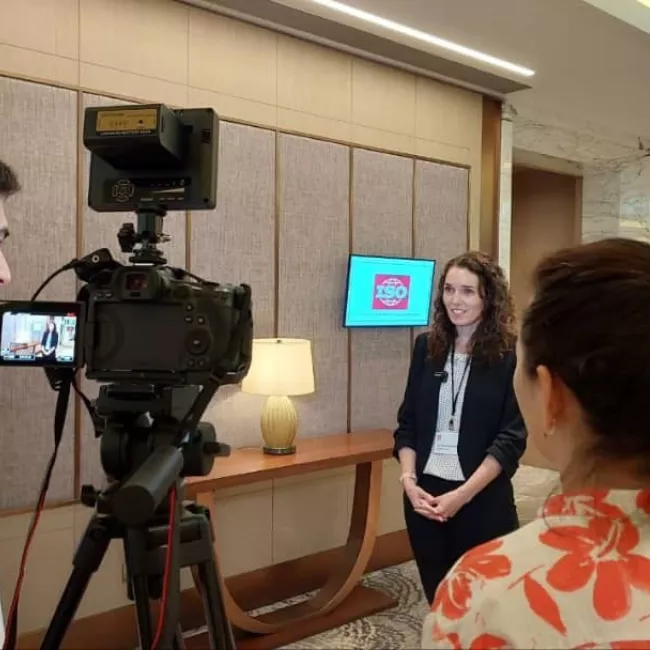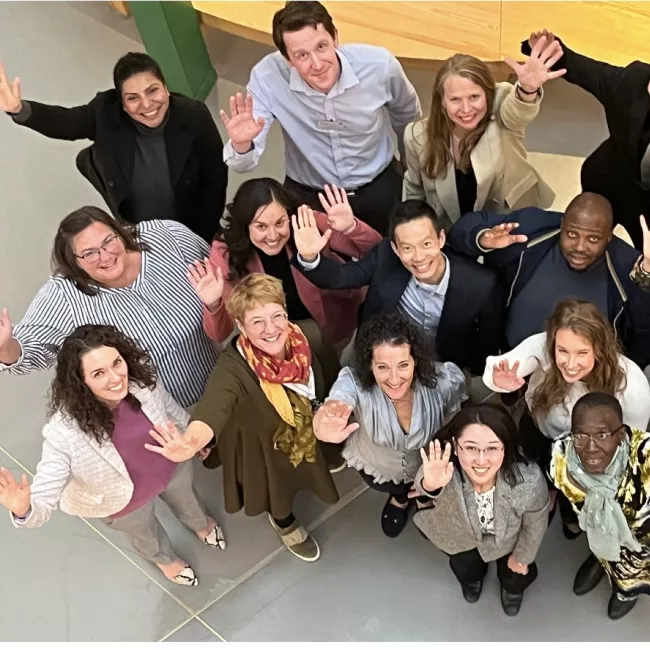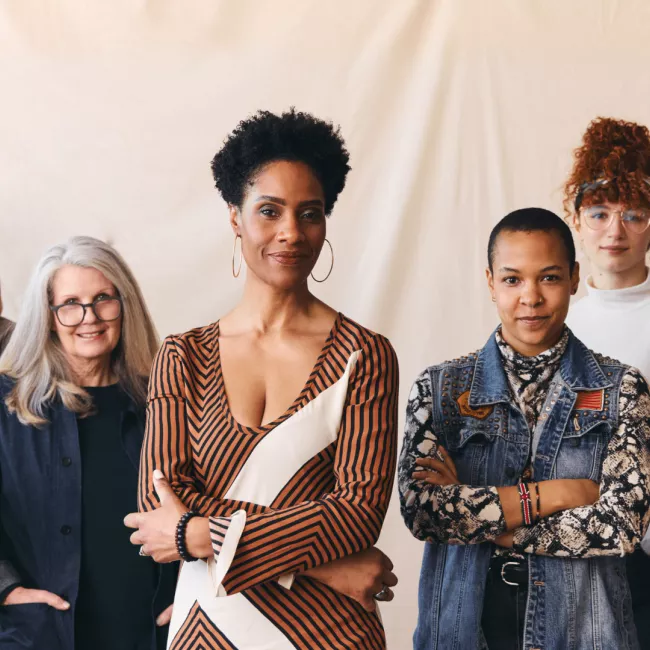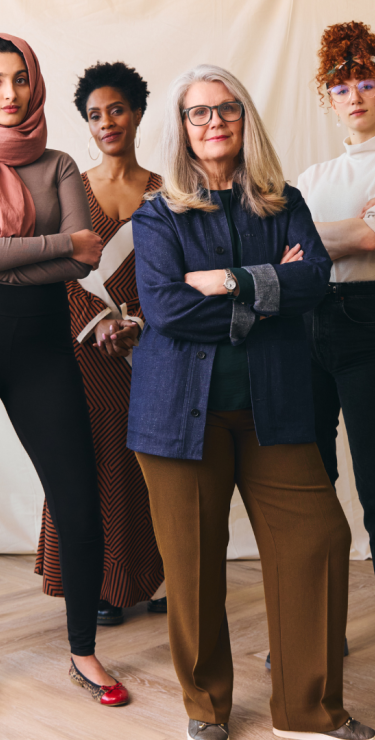March 8 is International Women's Day. It’s a global day to recognize and celebrate women’s and girls’ social, economic, cultural, and political achievements. It’s also a time to raise awareness of the progress made towards achieving gender equality and the work remaining to be done.
The beginnings of International Women's Day can be traced back to the early twentieth century. It emerged from the activities of labour movements in North America and Europe and reflected a growing call for women’s equal participation in society. International Women's Day first took place on March 19, 1911, in Austria, Denmark, Germany, and Switzerland. That day, over a million women and men attended public events to show their support. Other countries began to observe and celebrate this day in the years that followed. The United Nations recognized 1975 as International Women's Year and began celebrating March 8 as International Women's Day.
Today, International Women's Day is a day of unity, celebration, reflection, advocacy, and action and is celebrated in many countries worldwide.
Spotlight

Gender responsive standards and gender equality: Q&A with Michelle Parkouda
“Gender-responsive standards can be an important tool to advance gender equality, and I’m very proud of the work that SCC is doing to address the gender gap in standards and contribute to improving gender equality worldwide.”

Nature conservation and conformity assessment: Q&A with Gillian Koh
“Look around the table and ask yourself, who is missing? Standardization needs to reflect the diversity it serves. If women are not inclusively present, it’s time to make change.”

Building awareness of gender responsive standards : Q&A with Sofia Jaspers Faijer
“Standards have the power to make products and services more inclusive and advance gender equality. Gender responsive standards that define requirements for considerations of different populations will allow for products and services to become more inclusive for all populations, including women.”
Explore more




